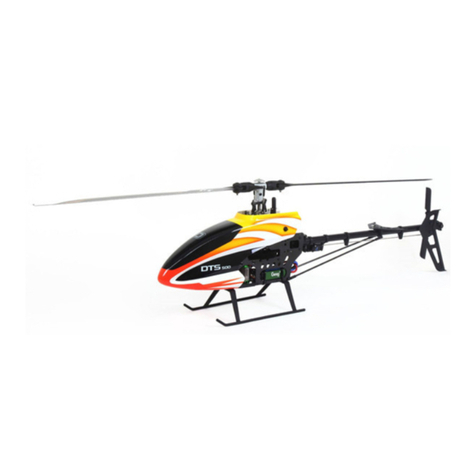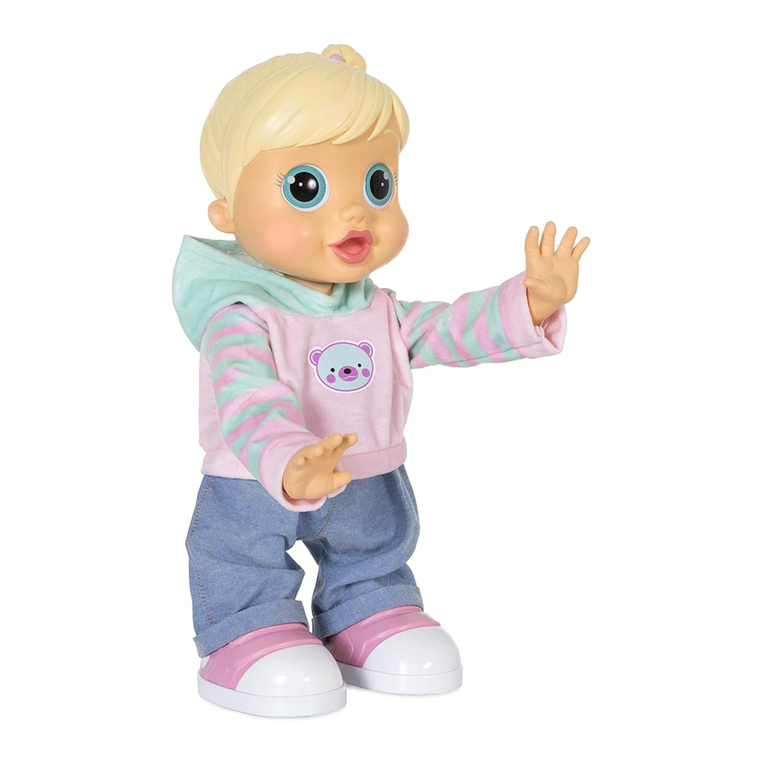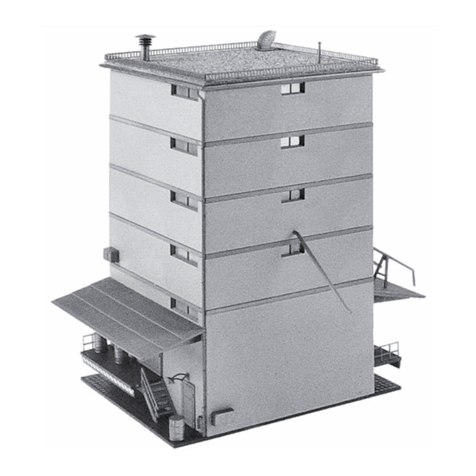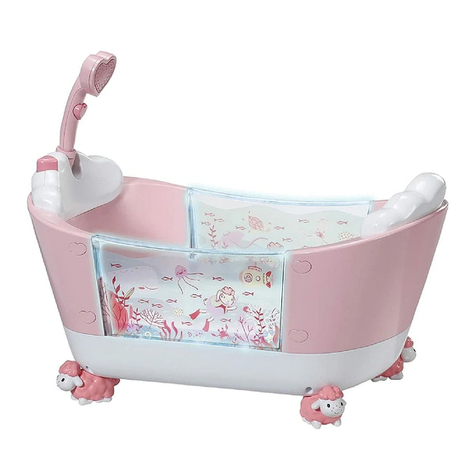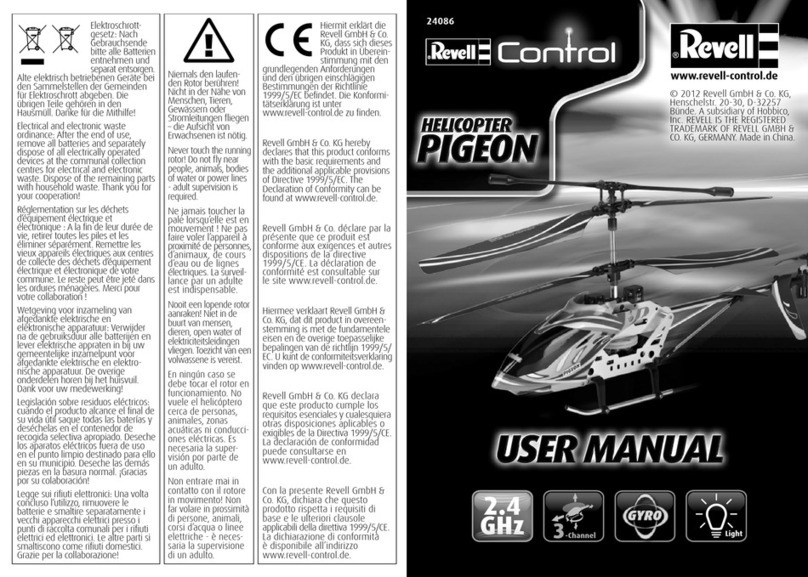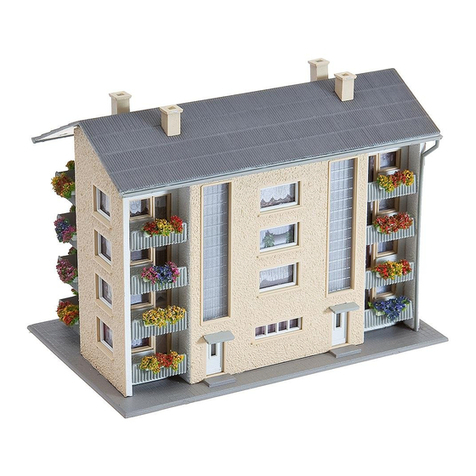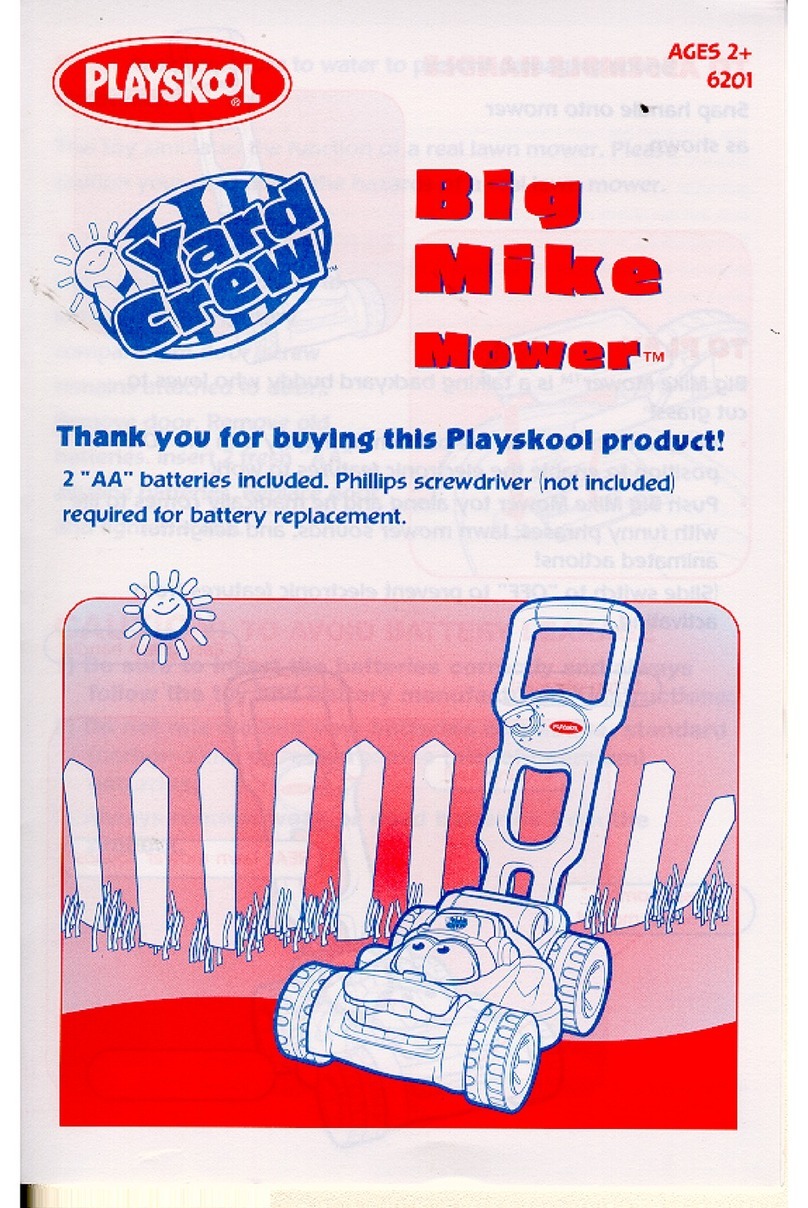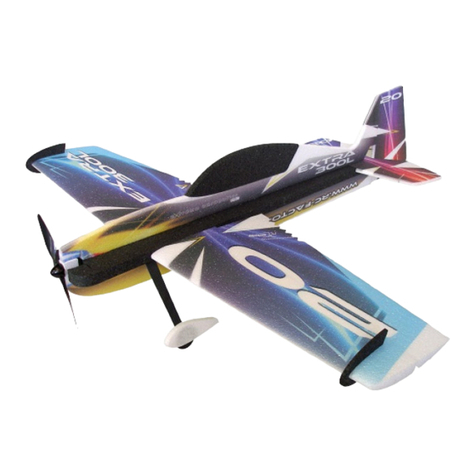Maple Leaf GP9RM User manual

HO SCALE GP9RM LOCOMOTIVE KIT
MASS COASTAL
Assembly Instructions
The GP9RM locomotives rebuilt during the 1980’s
at the CN / AMF Point St-Charles Shop in Montreal.
The GP9 originally built 1955 to 1959

Thank you for purchasing Maple Leaf Trains GP9RM Kit.
This kit contains many optional detail parts, as well as optional parts to
help you build model as close to prototype as possible.

Parts List
Kit Parts
Clear Parts
1
GP9RM Cab
4
Headlight lenses
1
GP9RM Long Hood
4
Ditch light lenses
1
Battery/ utility box (left cab
side)
4
Number boards
1
Battery/ utility box (right cab
side)
Laser cut windshield and window
set
1
Anticlimber
Wire Formed Parts
1
Class lights assembly set
(Where appropriate)
4
Handrails- Sides (2-R, 2-L Side)
2
Exhaust stacks
4
Handrails- Ends (2-R, 2-L Side)
1
Bell
10
Grab Irons
1
MU / power detail parts bag
4
Fan grille cover
Additional Details/ Parts Needed
1
Winterization hatch
MU Hoses
0.015” Brass Wire
0.02” Brass Wire
0.01” Fiber Optic (Optional)
Additional Recommended Tools
Etched Metal Folding Tool
High Precision Photo Etch Cutter
Tools Required
Instant/ ACC Glue- Medium
Viscosity
X-Acto knife with a sharp #11 blade
Tweezers (Small Pair)
Sand Paper (400, 600 Grit)
Micro Drill Bits

Notes Prior to Assembly:
1. Use photos as a reference of your desired model, you can find
plenty of them online
2. While installing lights (headlights, number boards, class lights, etc.)
it is not recommended to use bulbs (Not even 1.5v bulbs).
Use only LED lights to avoid damaging the body which is heat
sensitive.
3. Etch metal parts: when required, separate each part from the fret
with a sharp hobby knife/ etched metal cutter, and use a cutting
mat as a base.
Use caution while handling etched metal parts due to their sharp
edges.
Be careful not to lose parts
Cut, or file, any stubs remaining from where the parts were attached
to the fret.
4. A photo etch folding tool is strongly recommended. You’ll probably
get better results (especially with smaller and complex parts) and
will makes the job much easier
5. It is recommended to align all parts before gluing them into place to
make sure they are all in order.
6. This kit designed to accept Walthers Mainline GP9 chassis.
Using a rotary tool trim the chassis at the front left side- where
battery box located.
7. Perform a fitting test and perform a test run.

Assembly Instructions
1. Remove any “flash” from the printing process. Parts can be sanded
easily with a #400 (wet/ dry, preferred wet) sand paper.
Before any assembly wash the parts thoroughly with soap to remove
any release agent residue.
2. Preparation of chassis:
Using a rotary tool trim the chassis weight at the front left side-
where battery box located. Work carefully. For best results and
avoiding running/ electrical issues you may want to disassemble the
chassis or a least covering the chassis during milling process
3. Place the long hood to the driver's cab. The two should connect
easily. Make sure to sand the connecting “lip” of the long hood and
the place the place the cab should be connected to.
Seriously, make sure the two pieces are perfectly aligned.
4. Drill holes for lightning using drill #55 for headlight and rear
headlight
5. Find the drilling holes markings in the cab doors and wipers.
Drill using a 79, overall, 8 holes for door handles and wipers.
Carefully glue the handles. Fig 1.
Do not install windshield wipers at this time.
6. Make sure the locomotive body is aligned with the driver's cab and
glue the tabs of the drivers cab to the long hood. Carefully glue the

7. long hood to the cab from the inside
8. Battery/ utility boxes to be fitted at cab’s right side
Drill two holes according to the markings to accommodate etched
step, attach the boxes to the cab. See Fig2, drill holes using drill
#79 for steps, and another hole to accommodate stanchion.
9. Battery/ utility boxes- left side
Drill two holes according to the mark, to attach the step.
Insert the step and glue in place.
Glue the Battery/Utility boxes in place.
10.Etched Steps Assembly
Choose the type of step suited for the specific road number you
model (diamond or rectangle mesh), Remove the steps from the
fret, both upper and lower pieces (Note 2 sizes, small and large
steps. The larger step is the lower step).
Bend the lower step’s lip to shape as shown in Fig 3.
11.Anticlimber Assembly
The MC #2008 equipped with front anticlimber, We modeled the
part with ditch light housings.
We also added clear lenses (find them at the smaller parts bag, use
caution not to lose them as they are small parts. We would
recommend you glue them after painting the locomotive

12. Stanchion Assembly
As per prototype- If stanchions are anticlimber mounted: Remove 8
short stanchions with tabs from the fret, bend over the bottom small
tabs on the bottom of the stanchion backwards as shown in Fig. 4,
Repeat this step and create total of 8 stanchions, 4 for each end.
Use the longer stanchions if you are not assembly anti-climbers.
Drill holes (Drill 79), insert the pin and fold 90 degrees as shown in
Fig. 5)
In order to attach the handrail to the stanchions simply fold
stanchions top tab over the front and rear pilot handrails as shown
in Fig. 6. If desired, glue using tiny drop of thin CA glue.
13.Stanchions- Walkway
Remove stanchion from the fret, 8 for each side-a total of 16 long
type.
Stanchions and handrail assembly
14.Side handrails
Form the long railing from a .02” (.4mm) diameter rod as in Fig. 7,8.
please measure and cut the provided wire formed climbing handrails
(4 in total, note 2 sides variations) to size so they fit at the center of
the first stanchion of each end, meaning the first stanchion of each
end should hold both the climbing railing and the long handrail. Cut
to size at the other end as well.

15. Front and rear handrails
Form railing from a .02” (.4mm) diameter rod as in Fig. 9 Inspect
and assemble the handrails in place
Bend over the stanchion at the upper tab to lock the handrail in
place.
Note: the provided front and rear railing will fit locomotives without
anticlimbers.
You may want to add a micro chain between the two railings for
more realistic appearance.
16.Exhaust Assembly
Make a first adjustment on the parts to make sure they fit perfectly.
Notice that you may prefer to paint the exhaust separately than the
rest of the locomotive and attached afterwards.
Cooling Fans Assembly- 36” fans
17. Locate 4 fan motor supports, remove from fret and glue in place
18.Remove fan blades from the fret, twist each blade slightly for more
prototypical appearance.
19.Take out the cover grills and fold using a folding tool.
Press gently and twist slightly back and forth to receive the wanted
effect. Fig. 10.
20.Attach the fan blades on top of fan support using the fan motor
detail part, and pin provided and fan motor cover on top as shown
in Fig. 11
Note for 48” fan hood: the 48” hood contain 2 types of fan grilles,
only one type should be bent, the one without radial grills- should
not be bent!
Also included 3 fan housings, choose the type that suites the road
number you’re modeling.

21. Winterization hatch
Attach the grilles (photo etched part) to the hatch that matches the
locomotive you are building.
Perform fitting test as some details on hood may need to file prior to
assembly, after everything looks good, glue the Winterization Hatch
in place.
Grilles Installation
22.Locate the front, middle (where the dynamic brake location) and
rear screens, remove them from the fret and glue in place.
Note: On both front and rear grilles you find small, half round etch
features, those to be glued facing down. Fig. 12
23.If the model you build have lifting tabs (located above the rear
grilles), Remove lift tabs from fret, bend them into shape so the fit
rounded edge of the hood and glue carefully in place Fig. 13.
Lift rings and latches
24. Drill holes using #84 (0.3mm) drill for lift rings and install them
place (See Fig. 14 for locations), Please note- this model have
covered class light assembly which are molded to long hood
25. Drill holes using #84 (0.3mm) drill opening for grab irons on nose
and rear of long hood, install them in place and glue from the inside
of the shell

26.Bell Assembly:
Find the bell and the 2 (two) short metal parts from the smaller
etched metal fret.
Observe prototype photos, fold the metal parts into shape.
Next, glue the two metal parts to the bell assembly.
Assemble the bell's body, located on the right-hand side of the long
hood close to the driver's cab.
Since this is a delicate part, you might want to assemble the bell to
the body of the locomotive after painting. (Fig. 15)
27. MU power connectors power connectors detailing:
If the model you build equipped with power connectors (e.g., class
7200- powered the SLUG units), you’ll find those detail parts in your
kit.
Simply observe prototype image and install in place

28.Number Boards
Find four clear number boards.
Perform part adjustment to each one of the number boards.
Paint the number boards using thin coat of paint to allow
illumination of the number boards from the inside.
If you would like, you can apply locomotive number decals at this
stage or wait after locomotive painting.
29. Assembly of short radio antenna (If equipped)
Observe prototype photos of the locomotive you model as not all
locomotives have the radio antenna.
In case the locomotive you are building has this antenna installed,
first of all take out the antenna and its base.
Drill a hole in the center of the antenna’s base in the center of the
cab.
Insert the antenna's pin through the etched base to the cab and
glue carefully the antenna and the base in place
In case there is no antenna in your model: you may want to sand
the base with sanding paper #400 or #600.
Use #800 sand paper for final smoothing, this will result in most
road numbers a more prototypical finish.
30. Next, install brake wheel assembly.
31. Glue in place power connectors
32.Paint
Paint the locomotive to your match the prototype scheme.
After drying, apply decals and spray varnish coat to seal everything
in place.

33. Windshield and windows
Remove the two windshields, rear windows, four cab’s side windows
and the panels.
Glue carefully using canopy glue. Notice not to damage the clarity of
the parts.
34.Install windshield wipers and door handles in place

Notes:
_______________________________________________________
_______________________________________________________
_______________________________________________________
_______________________________________________________
_______________________________________________________
_______________________________________________________
_______________________________________________________
_______________________________________________________
_______________________________________________________
_______________________________________________________
_______________________________________________________
_______________________________________________________
_______________________________________________________
_______________________________________________________
_______________________________________________________
_______________________________________________________
_______________________________________________________
_______________________________________________________

Notes:
_______________________________________________________
_______________________________________________________
_______________________________________________________
_______________________________________________________
_______________________________________________________
_______________________________________________________
_______________________________________________________
_______________________________________________________
_______________________________________________________
_______________________________________________________
_______________________________________________________
_______________________________________________________
_______________________________________________________
_______________________________________________________
_______________________________________________________
_______________________________________________________
_______________________________________________________
_______________________________________________________

Popular Toy manuals by other brands
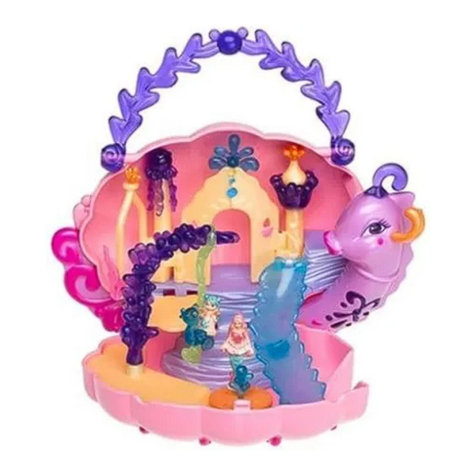
Mattel
Mattel Barbie Little Lands Fairytopia Mermaidia Playset... instructions

Silverlit
Silverlit Blu-Bot user manual

Hasbro
Hasbro Quasy Bake Cookerator 65774 How to use
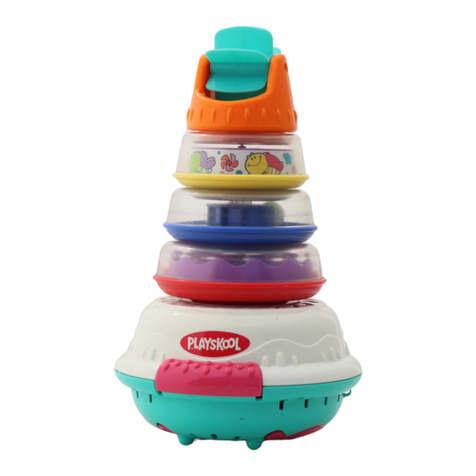
Playskool
Playskool Stack 'n Twirl 06471 instruction manual
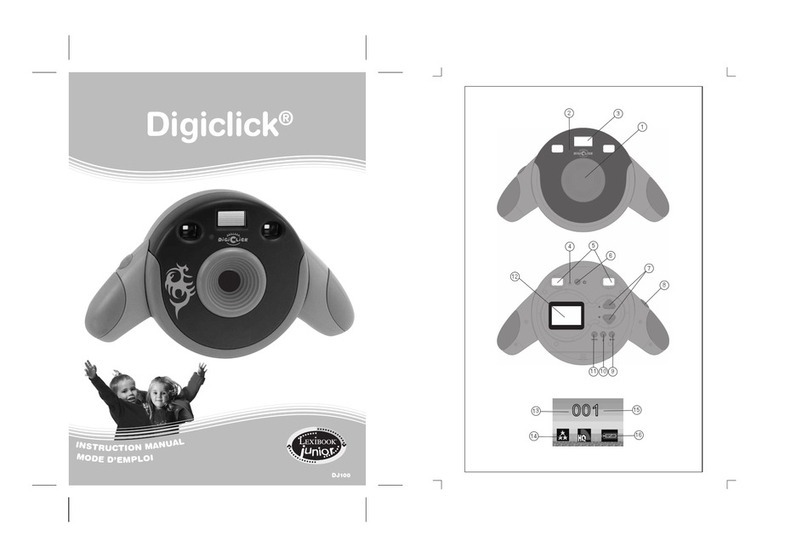
LEXIBOOK
LEXIBOOK DIGICLICK manual
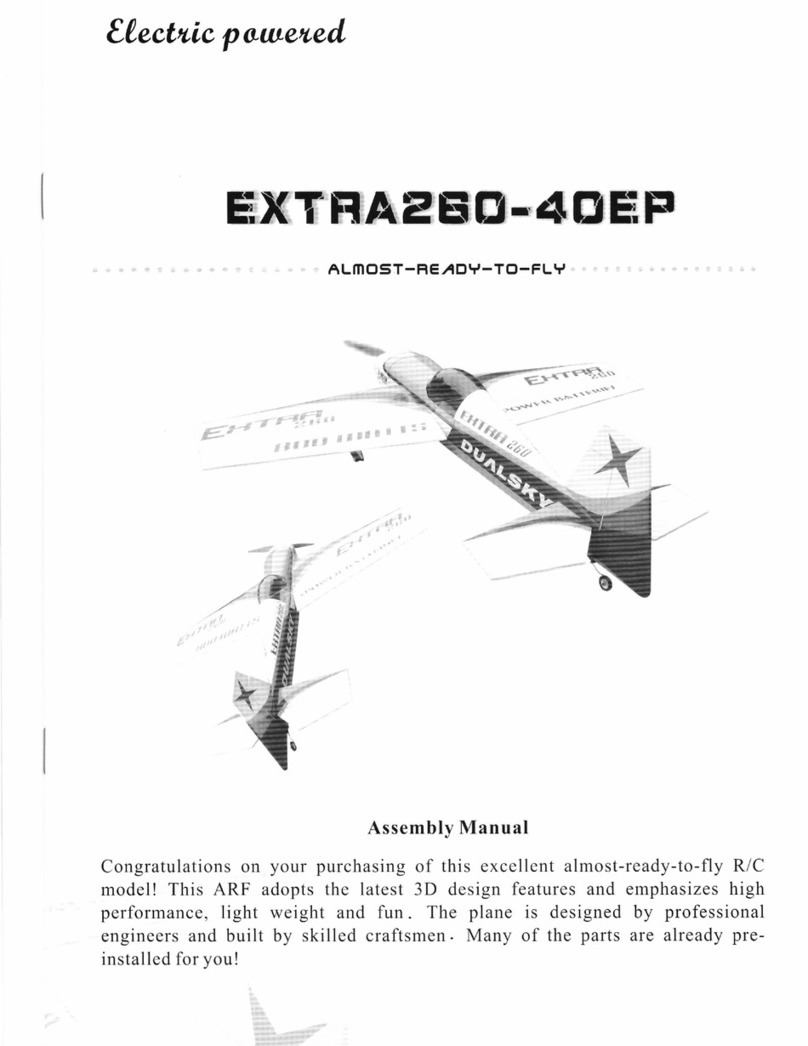
Dualsky
Dualsky Extra 260 40 EP Assembly manual


